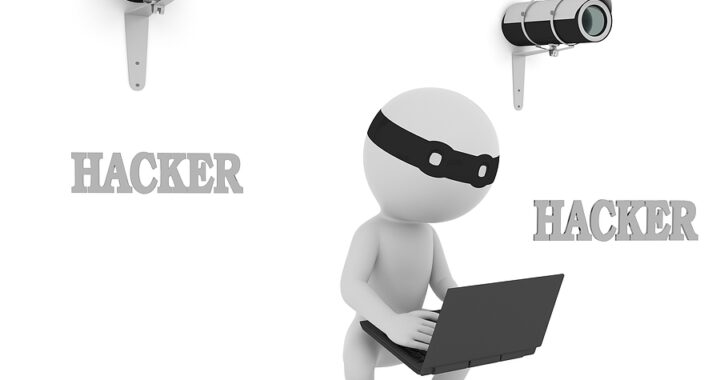For CEOs of non-profits and owners of small to medium-sized businesses (SMBs), the cybersecurity landscape often feels like navigating a ship through stormy waters with limited supplies.
On one side, there’s an escalating tide of cybercriminal activities, constantly evolving in sophistication.
On the other, they face the reality of shrinking budgets and constrained resources.
This imbalance creates a daunting gap, leaving these organizations vulnerable to digital threats.
The crux of this challenge lies in the rapid advancement of cyber threats juxtaposed against the slower pace of resource allocation and technological adaptation in smaller organizations.
While large corporations can pour significant funds into state-of-the-art cybersecurity defences, SMBs and non-profits must make do with what they have, which is often insufficient against modern cyber threats.
The disparity stems from several factors:
👉 Financial Constraints: Limited budgets mean less investment in advanced cybersecurity tools and training, leaving these organizations more exposed to cyber-attacks.
👉 Resource Limitations: Smaller teams and lack of specialized IT staff can lead to gaps in managing and updating cybersecurity measures.
👉 Awareness and Training: Without adequate awareness of emerging threats and training on how to combat them, employees can inadvertently become the weakest link in the security chain.
So, what can be done to improve the situation?
✔️ Leveraging Free and Low-Cost Resources: There are numerous free or affordable cybersecurity tools and resources tailored for SMBs and non-profits. Utilizing these can significantly bolster defences without straining budgets.
✔️ Community and Collaborative Efforts: Building partnerships with local businesses, joining industry groups, and participating in shared cybersecurity initiatives can provide access to resources and knowledge-sharing.
✔️ Regular Training and Awareness Programs: Investing time in regular staff training on cybersecurity best practices can dramatically reduce the risk of breaches.
✔️ Prioritizing and Tailoring Strategies: Instead of broad, sweeping changes, focusing on the most critical areas of vulnerability can provide more effective protection given the limited resources.
For the CEOs and business owners in these sectors, the key is not to match the spending power of larger entities but to outsmart the cyber threats through strategic, informed, and collaborative approaches.
By understanding their unique vulnerabilities and applying targeted strategies, they can effectively bridge the gap in cybersecurity defences.










